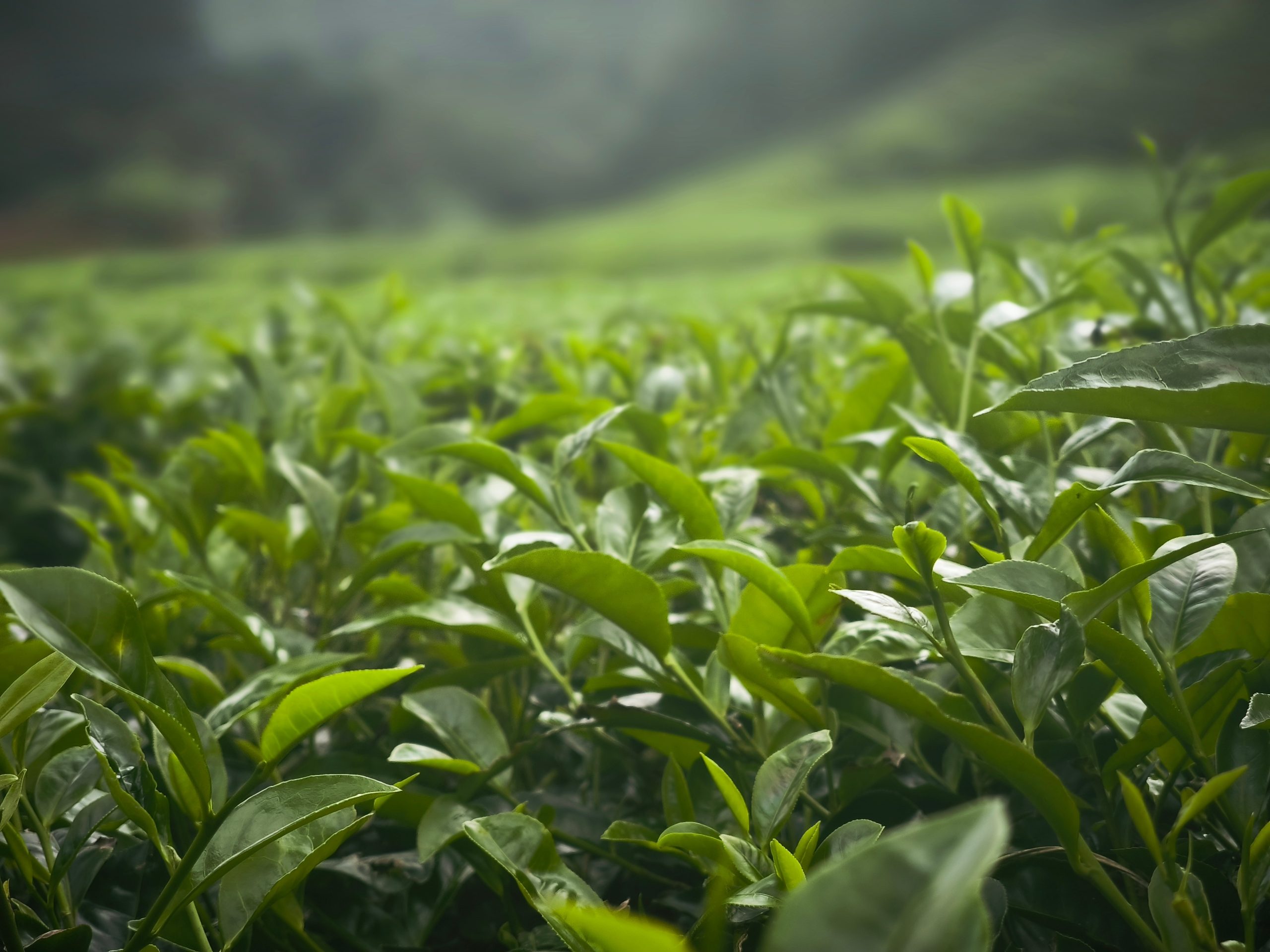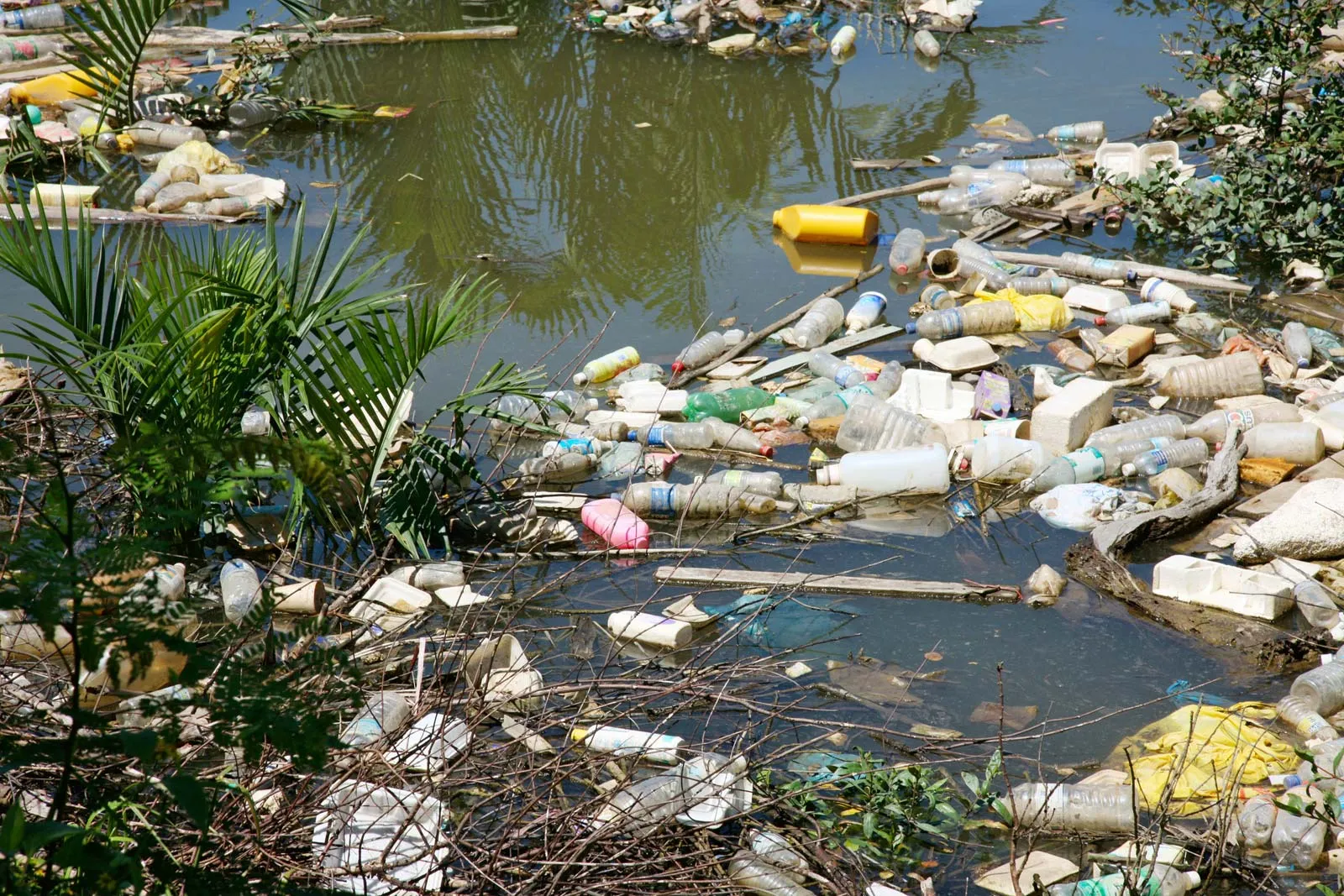Let’s face it – we live in a world that increasingly demands alternative, eco-friendly materials to address environmental issues. One such issue is removing pollutants from river water contaminated with organic and artificial waste.
In a world increasingly focused on sustainability and innovative solutions, a recent study highlights an unconventional yet effective method to tackle water pollution: using agricultural tea waste! Associate Professor Low Wen Pei and her team from the Faculty of Engineering and Quantity Surveying, INTI International University have investigated the potential of treated tea leaves, also known as the Camellia sinesis, as a low-cost adsorbent for removing pollutants from contaminated water with samples from Sungai Batang Labu, Nilai.

Camellia sinensis is a tea plant, a species of plant whose leaves and shoots are used to make tea.
So, why tea waste?
“With urbanisation, the demand for freshwater is always high – however, traditional water treatment is often expensive and complex and will also contribute significantly to water pollution,” Dr Low explained. “Tea waste (a byproduct of tea leaves) is rich in polyphenols and other compounds that can adsorb pollutants, which makes it a cost-effective and environmentally friendly option for water treatment.”


The research, conducted by Associate Professor Wen-Pei Low and her team from the Faculty of Engineering and Quantitative Studies, INTI International University, investigates the potential of treated tea waste against polluted water.
Dr Low’s study focused on two types of pre-treated tea waste: heat-treated and acid-treated. The team used these tea wastes to filter contaminated water over five days, testing for various pollutants such as biochemical oxygen, suspended solids, nitrogen, and phosphorus. Both treated tea wastes have shown remarkable results, proving that regardless of the treatment method, tea waste effectively reacts with pollutants in water.
Tea waste’s ability to adsorb pollutants hinges on “chemisorption,” where a chemical bond forms between the tea waste and the contaminants. This process effectively captures and removes harmful substances from water, showcasing the tea waste’s potential as a sustainable adsorbent.
Imagine a world where used tea leaves from your daily cup of tea contribute to cleaner rivers and lakes—this research brings us closer to that reality. Municipalities, corporations, and industries could implement tea waste-based filtration systems, providing the dual benefits of waste reduction and water purification.

While we have a long way to go regarding total clean water, small steps towards sustainability bring hope and motivation for a better future.
“Our research shows that tea waste is not just trash,” Dr Low added. “It’s a valuable resource that can help us tackle pollution and promote sustainability.”
While we still have a long way to go to achieve total clean water, small steps towards sustainability bring hope and motivation for a better future. By turning everyday waste, such as tea waste, into tools for environmental protection, we are paving the way for a cleaner, greener future.